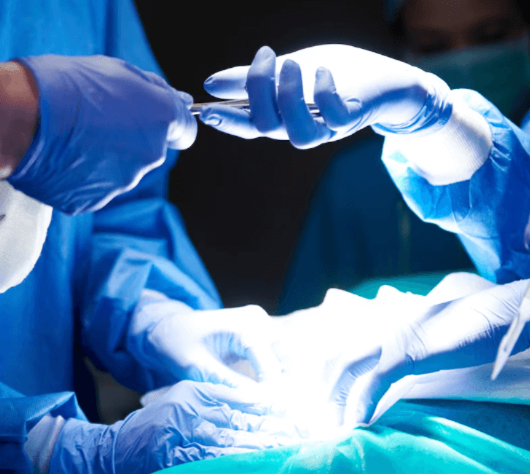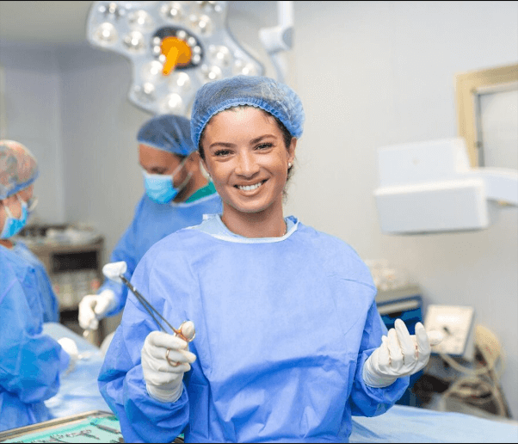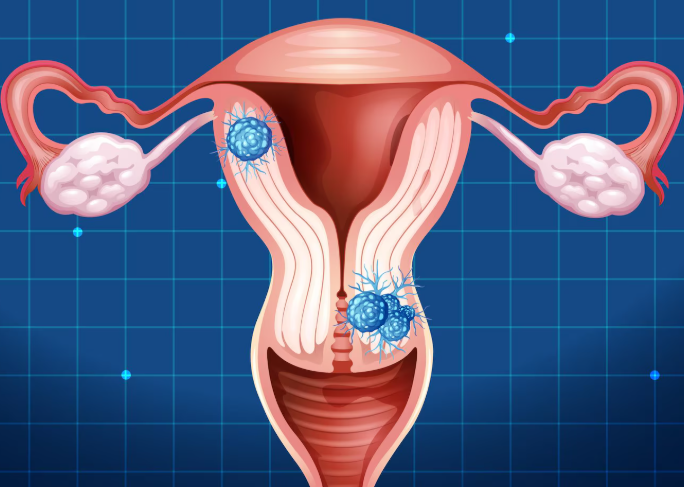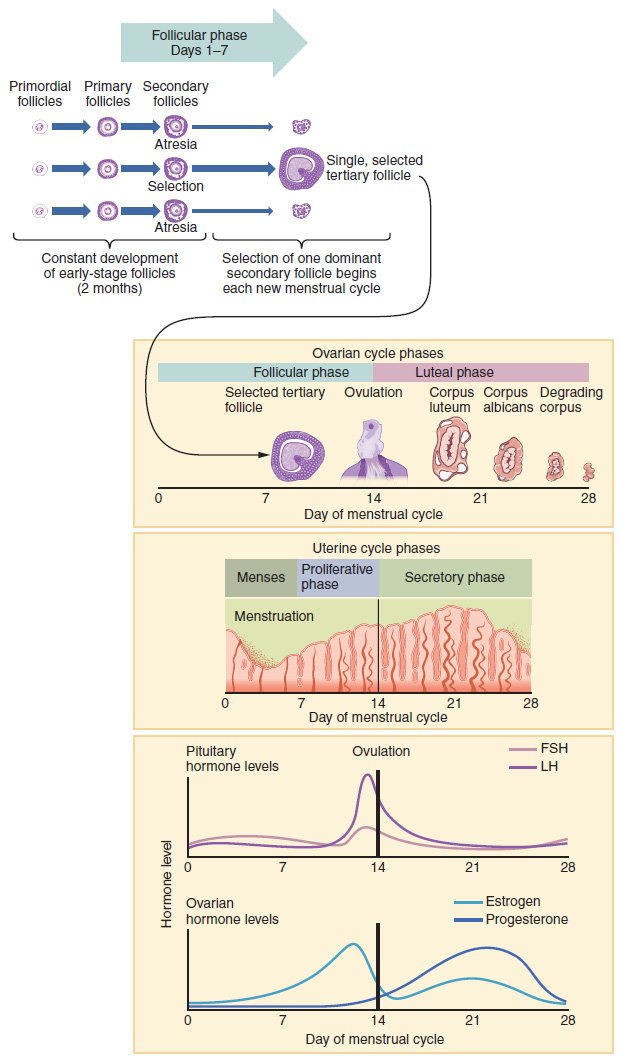Treatment Overview
Single-Port Fibroid Removal Surgery in Korea is an advanced, minimally invasive technique designed to remove uterine fibroids through a single small incision, typically located at the navel. This cutting-edge procedure offers significant benefits over conventional multi-port laparoscopic surgery, including reduced scarring, faster recovery, and less postoperative pain. Korea is recognized globally for its innovation in gynecologic surgery, with specialized centers delivering world-class single-port myomectomy using state-of-the-art equipment and highly skilled surgical teams.
Uterine fibroids — benign growths of the uterine muscle — affect millions of women worldwide. They can cause heavy menstrual bleeding, pelvic pain, reproductive difficulties, and pressure on nearby organs. Single-port fibroid removal in Korea addresses these symptoms with precision, safety, and minimal invasiveness, preserving uterine function while offering superior cosmetic results.
Top Korean hospitals such as Samsung Medical Center, Asan Medical Center, Severance Hospital, CHA Bundang Women’s Hospital, and Ewha Womans University Mokdong Hospital have pioneered single-port surgical techniques, combining advanced laparoscopic technology with exceptional surgical expertise.
Purpose & Benefits
The purpose of single-port fibroid removal surgery is to treat fibroids effectively with minimal physical trauma, improved aesthetic outcomes, and a shorter recovery period. This approach is ideal for women seeking the benefits of minimally invasive surgery with optimal precision and cosmetic results.
Key benefits include:
- Minimally Invasive Approach: A single incision reduces pain, tissue trauma, and scarring.
- Cosmetic Advantage: The incision is often hidden in the belly button, leaving little visible scar.
- Fertility Preservation: Maintains uterine integrity, supporting future pregnancies.
- Reduced Recovery Time: Smaller incision leads to quicker healing and shorter hospital stays.
- Lower Risk of Infection: Fewer incisions mean reduced exposure to infection.
- Precise Fibroid Removal: Advanced laparoscopic instruments enhance surgical accuracy.
- Less Postoperative Pain: Reduced trauma and fewer incisions make recovery more comfortable.
Korea’s single-port fibroid removal programs integrate advanced technology with meticulous surgical planning, ensuring patient comfort, safety, and optimal outcomes.
Ideal Candidates
Single-port fibroid removal surgery is suitable for women who need fibroid removal with minimal scarring and fast recovery. Ideal candidates include:
- Women with symptomatic fibroids causing heavy menstrual bleeding, pelvic discomfort, or pressure symptoms.
- Patients with one or a limited number of fibroids.
- Women who want a minimally invasive approach with superior cosmetic results.
- Patients wishing to preserve fertility.
- Women seeking a shorter hospital stay and faster recovery.
Korean hospitals conduct comprehensive preoperative assessments, including ultrasound, MRI, and laboratory tests, to develop a customized surgical plan tailored to each patient’s needs.
Possible Risks & Complications
Although single-port fibroid removal is generally safe, patients should be aware of potential risks:
- Bleeding: Rare but possible, especially with large or vascular fibroids.
- Infection: Low risk due to sterile surgical procedures.
- Adhesion Formation: Less common compared to multi-port surgery but still possible.
- Damage to Surrounding Organs: Rare due to advanced visualization and surgical control.
- Fibroid Recurrence: Possible, though complete excision lowers recurrence rates.
Korean surgeons minimize these risks through advanced laparoscopic tools, thorough planning, and precise surgical technique.
Techniques Used
Single-port fibroid removal surgery in Korea uses advanced techniques to maximize safety and results:
- Single-Port Laparoscopy: All instruments and the camera are inserted through one small incision, typically at the navel.
- High-Definition Imaging: Enhances visualization of fibroids and surrounding tissues.
- Energy-Based Devices: Ensure precise cutting and minimize bleeding.
- Microsurgical Instruments: Allow meticulous removal of fibroids with minimal tissue damage.
- Precision Suturing: Restores uterine structure for optimal healing and fertility preservation.
These innovations make single-port fibroid removal a highly precise, patient-friendly option.
Recovery & Aftercare
Recovery after single-port fibroid removal surgery in Korea is usually faster than traditional surgery, with most patients resuming daily activities within one to two weeks.
Aftercare typically includes:
- Monitoring healing progress during follow-up visits.
- Pain management tailored to the patient’s needs.
- Guidance on post-surgical physical activity and diet.
- Fertility counseling for those planning pregnancy.
- Follow-up imaging to confirm complete fibroid removal and detect recurrence.
Korean hospitals offer structured aftercare programs to ensure optimal healing and long-term success.
Results & Longevity
Single-port fibroid removal offers durable relief from fibroid-related symptoms, improved fertility outcomes, and minimal recovery downtime. Korean hospitals report excellent success rates, low complication rates, and high patient satisfaction.
Long-term benefits include reduced pelvic discomfort, normalized menstrual cycles, enhanced reproductive health, and superior cosmetic results, making single-port myomectomy one of the most advanced options for fibroid removal.
Treatment Process in Korea
- Consultation: Comprehensive review of symptoms, medical history, and diagnostic imaging.
- Preoperative Planning: Customized surgical strategy based on fibroid size, location, and patient needs.
- Surgical Procedure: Single-port laparoscopic fibroid removal under advanced imaging guidance.
- Recovery: Minimal downtime and structured postoperative care.
- Follow-Up: Imaging and consultations to ensure complete recovery and monitor uterine health.
Korean hospitals ensure this process is efficient, patient-centered, and designed for optimal results.
Cost Range
The cost of single-port fibroid removal surgery in Korea varies depending on complexity and hospital reputation:
- Standard Single-Port Myomectomy: ₩7,000,000 – ₩12,000,000 KRW ($5,200 – $9,000 USD)
- Advanced Robotic Single-Port Myomectomy: ₩10,000,000 – ₩15,000,000 KRW ($7,500 – $11,300 USD)
These prices reflect Korea’s advanced surgical technology, expertise, and patient-centered approach.
Popular Clinics for Single-Port Fibroid Removal Surgery in Korea
- Samsung Medical Center – Leaders in advanced minimally invasive gynecologic surgery.
- Asan Medical Center – Pioneers in robotic-assisted and single-port fibroid surgery.
- Severance Hospital – Experts in fertility-preserving myomectomy.
- CHA Bundang Women’s Hospital – Known for customized surgical approaches.
- Ewha Womans University Mokdong Hospital – Combines advanced technology with holistic women’s care.




